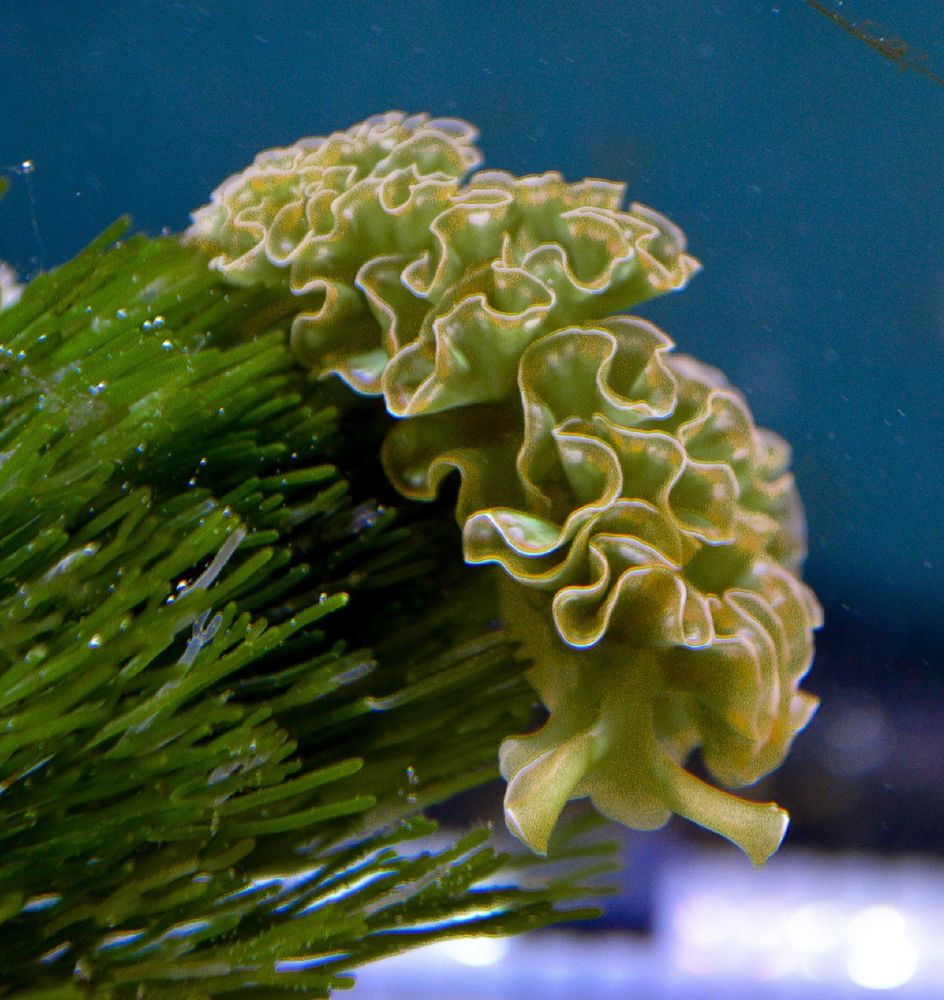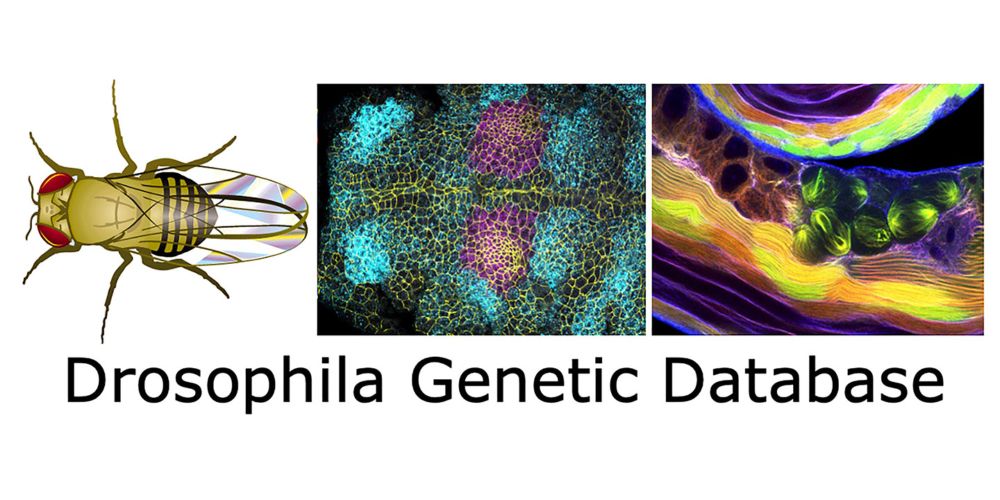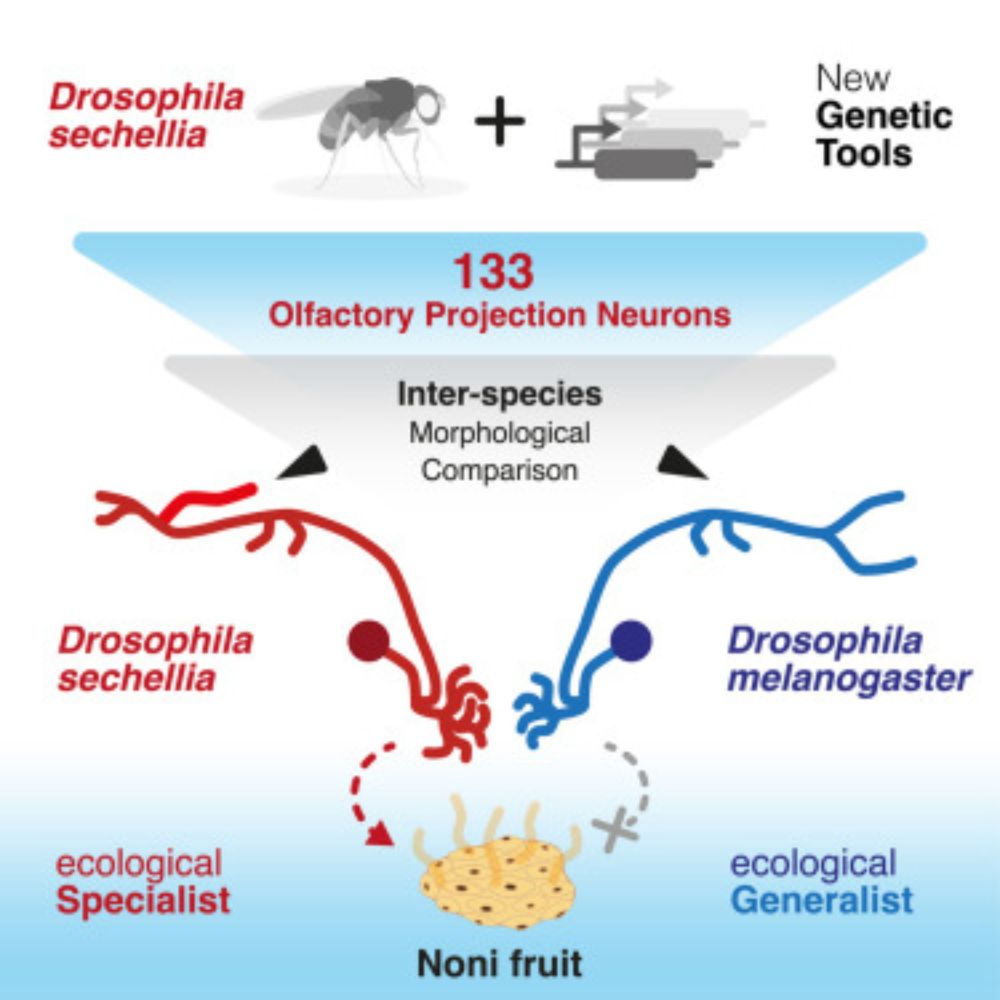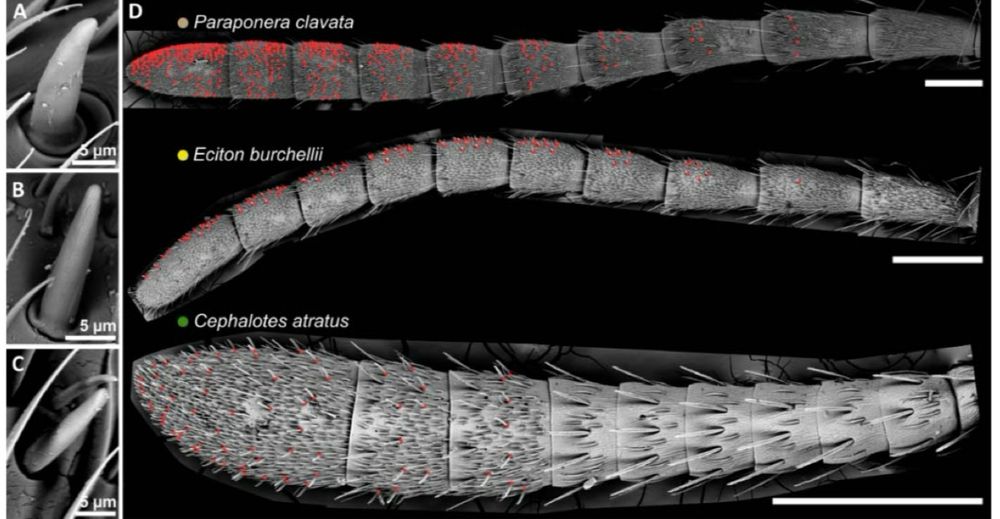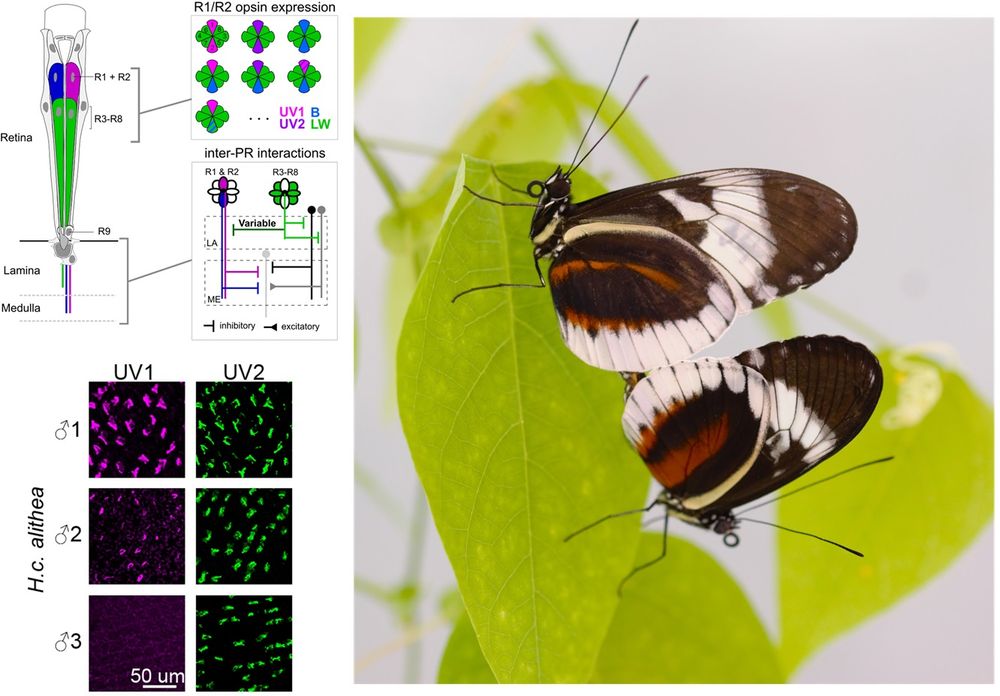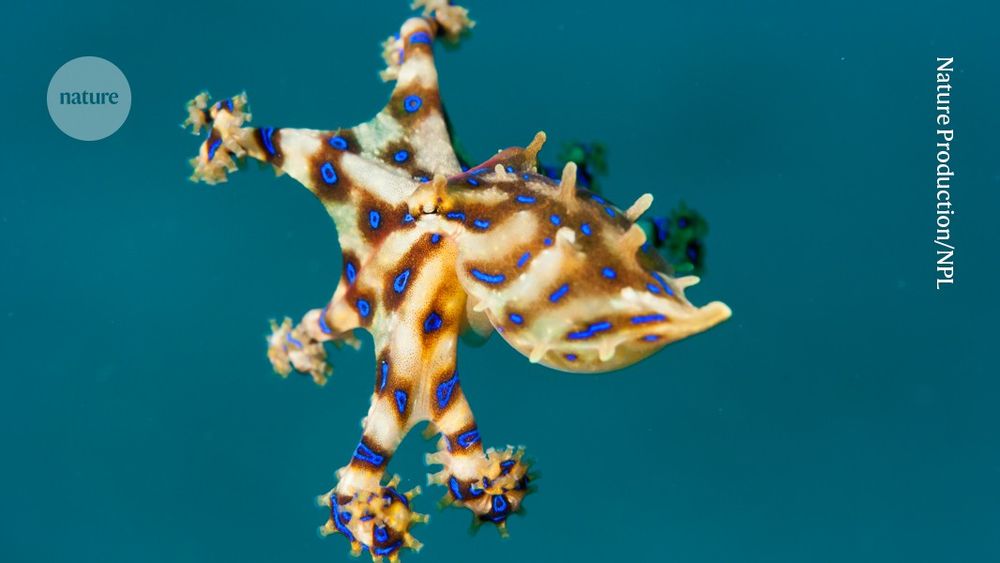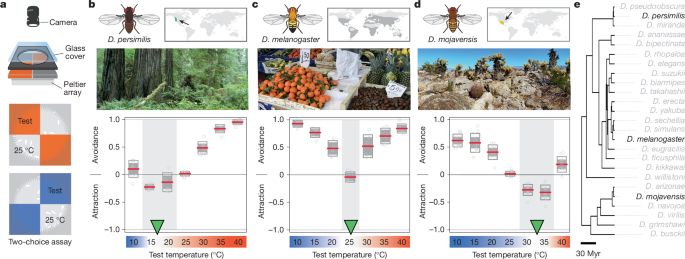matthew capek
@matthewcapek.bsky.social
42 followers
62 following
5 posts
sensory systems, evolution of behavior and cross-kingdom interactions, special interest in insects and kin 🪰🪲 | postdoctoral fellow at Bellono Lab, Harvard MCB | PhD from @GallioLab | he/they 🏳️🌈
Posts
Media
Videos
Starter Packs
Reposted by matthew capek
Reposted by matthew capek
Reposted by matthew capek
Stephen Montgomery
@ebablab.bsky.social
· Apr 30
Reposted by matthew capek
Corryn Wetzel
@corrynwetzel.bsky.social
· Apr 15

First ever confirmed image of a colossal squid in the deep ocean
The colossal squid is the largest invertebrate on the planet, but it is also surprisingly elusive. An image of a 30-centimetre-long juvenile is our first glimpse of the animal in its natural habitat
www.newscientist.com
Reposted by matthew capek
Reposted by matthew capek
Michael Reiser
@michaelreiser.bsky.social
· Mar 27
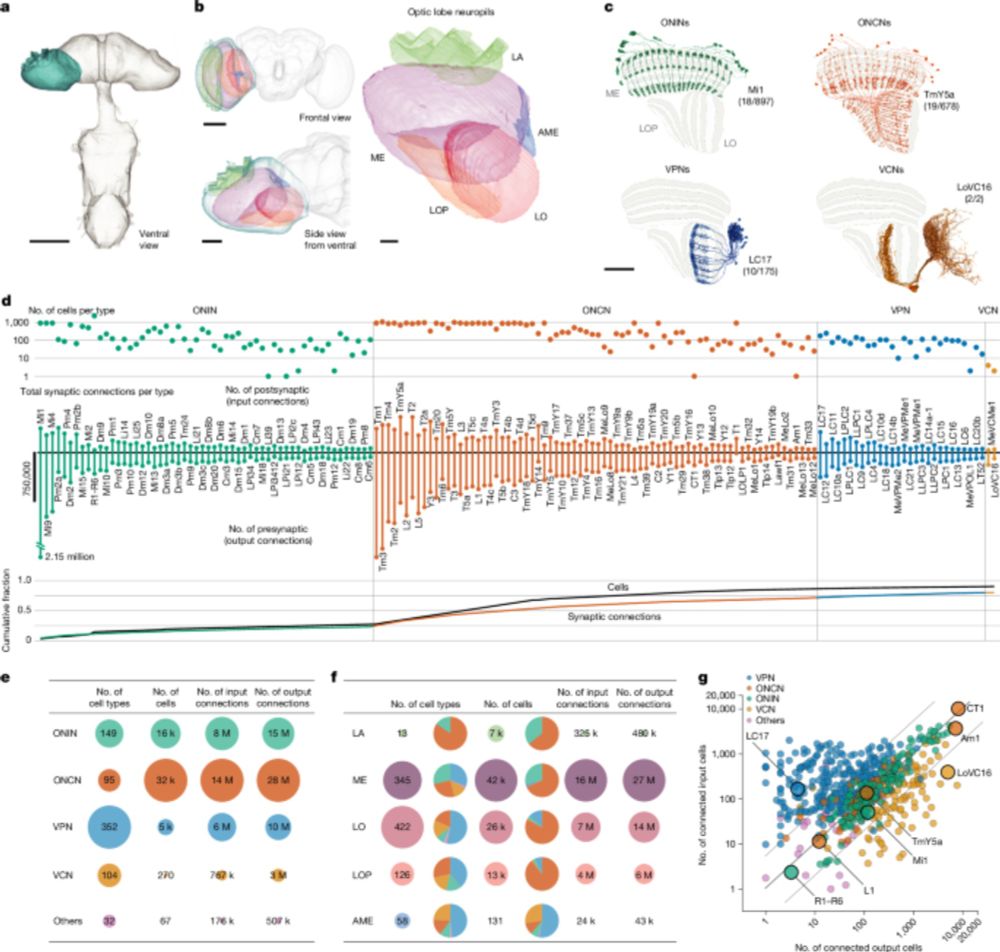
Connectome-driven neural inventory of a complete visual system - Nature
A connectome of the right optic lobe from a male fruitfly is presented together with an extensive collection of genetic drivers matched to a comprehensive neuron-type catalogue.
www.nature.com
Reposted by matthew capek
Nature
@nature.com
· Mar 5

Evolution of temperature preference in flies of the genus Drosophila - Nature
A study using flies of the genus Drosophila adapted to life in diverse thermal environments shows how evolution has shaped temperature preference by acting on both molecular heat receptors and thermosensory circuits in the flies.
go.nature.com



